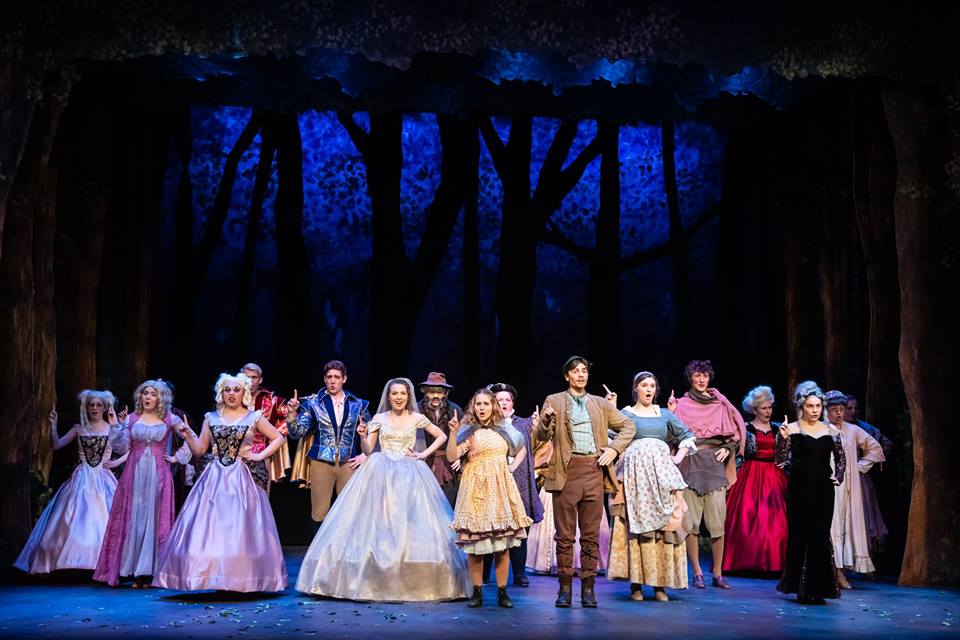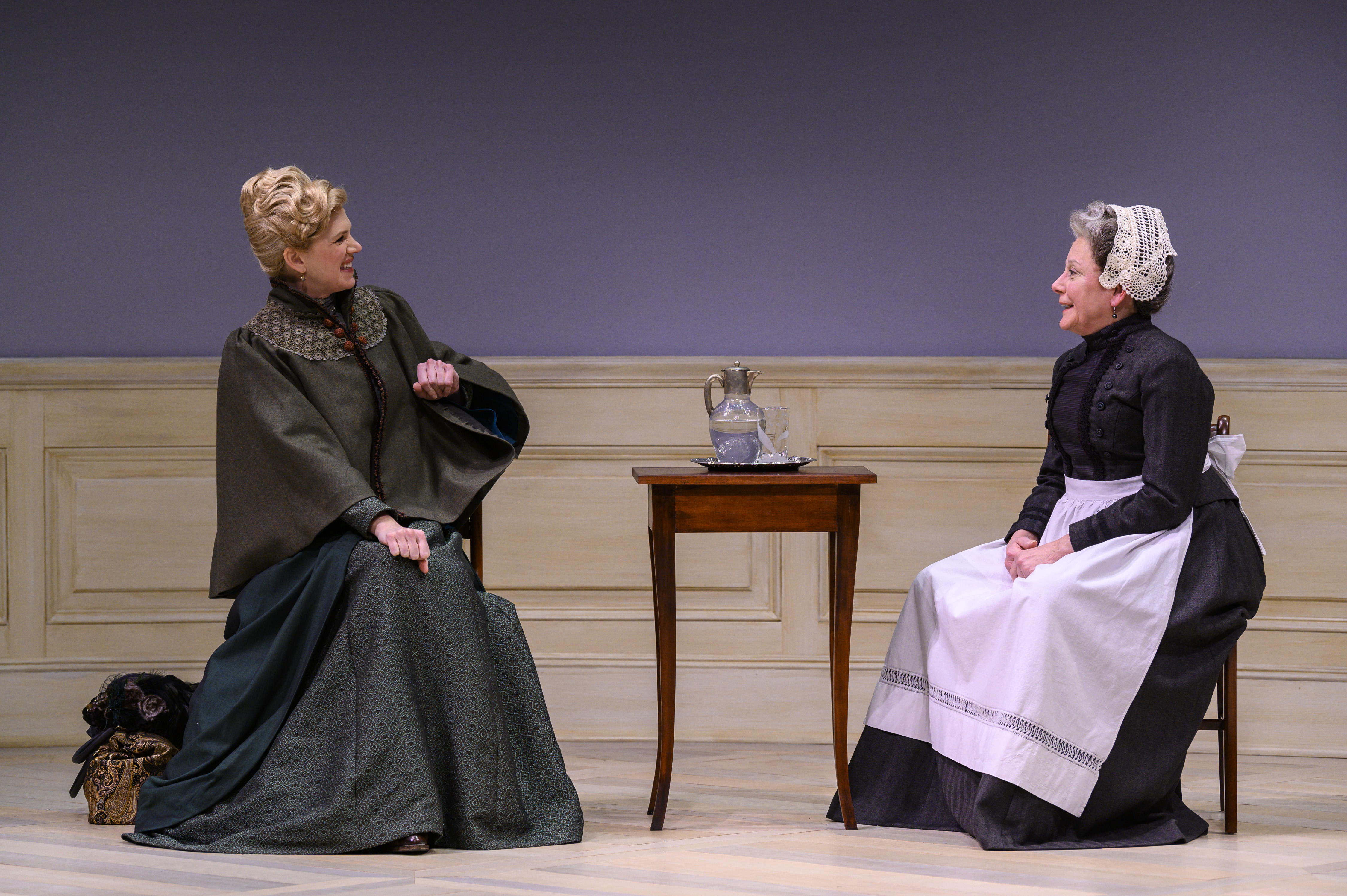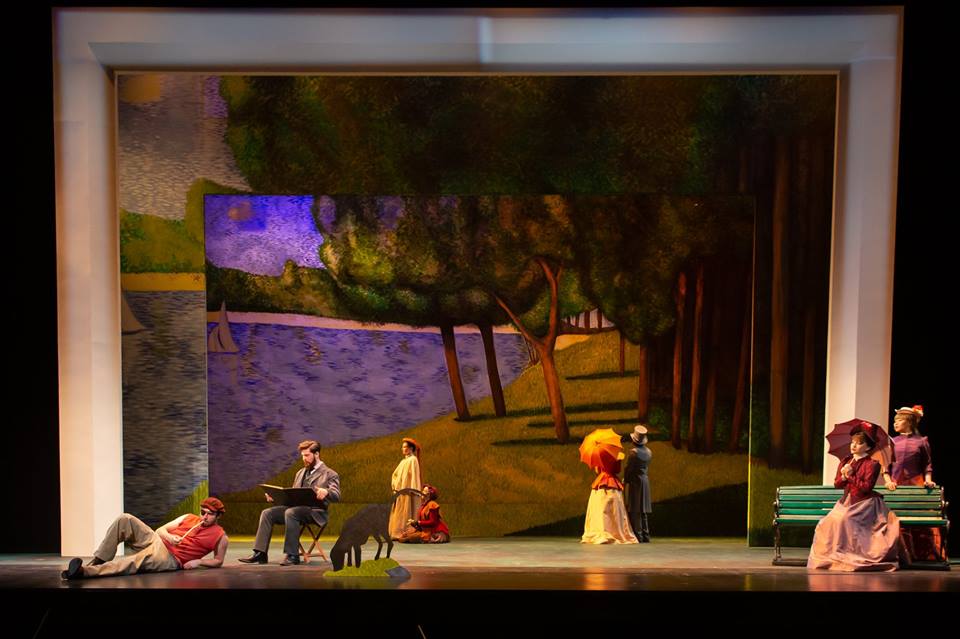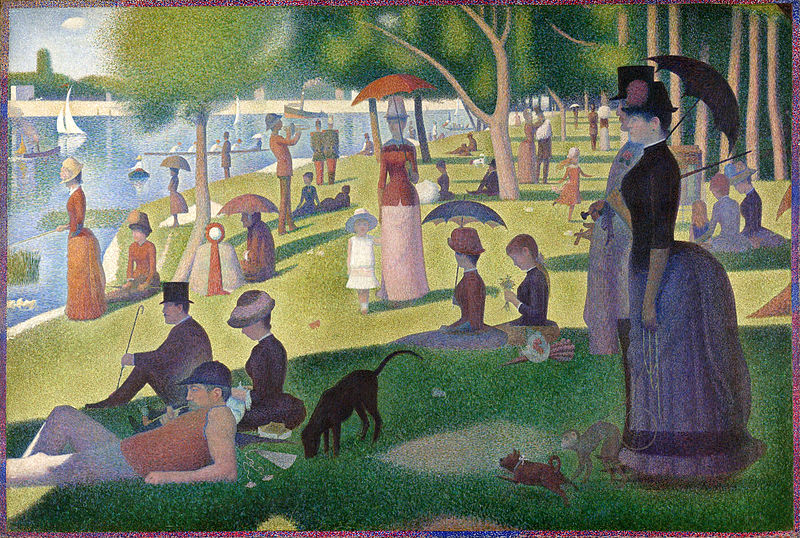by Michael “Buzz” Buzzelli, ‘Burgh Vivant
Two siblings connect, correct and cajole each other through social media in the premiere of Matt Schatz’s “The Burdens.”
Jane (Catherine LeFrere) is living in New Jersey with her husband and children, and her brother Mordy (Ben Rosenblatt) is a struggling musician/pharmacy clerk living in Los Angeles. Financially, she’s doing well – he is not. Both of them are screwed up and neurotic.
Jane is having an affair with her boss. Mordy can’t get over a girl he went out with a few times.
He’s a schlub. She’s a klafte (a Yiddish word not used in polite company). They are not very likable people. Apparently, it’s genetic. They have a hateful one-hundred-year old grandfather who spews horrible things at their mother, who both adult children call Mommy. The grandfather is draining their mother’s resources and she has to move into a studio apartment in a derelict section of New Jersey. Then, Jane decides that everyone’s lives would improve if they offed their grandfather.
Of course, things spiral out of control from there.

Some of the jokes and the beginning of the show land with a heavy thud, but the humor toward the end is dialed up to eleven. It’s laugh out loud funny in the final few moments. It just takes a while to get there. The end is also poignant.
LeFrere’s character starts out as a stereotype, but the actor adds layers of depth. She has a tough, commanding presence, but, later in the play, LeFrere gets to show Jane’s more vulnerable side.
Rosenblatt’s Mordy is comical. While he’s a fine actor, his character doesn’t seem to grow as much, and he doesn’t get to explore as much of a range as she gets to do. He does have the funniest lines in the play and he delivers them flawlessly.
Britton Mauk’s geometric stage is very clever, very modern (perfect for this production). Director Marc Masterson does a fine job blocking the actors in the unusual space.
There is some fun sound work by David Remedios and moody lighting from Andrew David Ostrowski.
One of the greatest things about watching live theater is seeing the characters interact with one another. Unfortunately, “The Burdens” is a series of text messages spoken aloud. While that format brings many humorous and dramatic moments, it also puts up a barrier. That barrier is the playwright’s social commentary on society, but it works almost too well. It takes a long time to get to know the characters and, therefore, care about them. The last twenty minutes of “The Burdens,” however, is hilarious. If you have the patience, you will be handsomely rewarded. It it pays off wonderfully.
It’s also no surprise that those last twenty minutes have Jane and Mordy connecting in different ways.
It’s a premiere and Schatz has a chance to tweak it or tinker with it a bit – before it heads any bigger venues.
Side note for prudish patrons: If certain words in the English language bother you, you might want to avoid “The Burdens.” The show opens with a particularly offensive word (rhymes with runt) and uses it throughout the show.
The play is a brisk seventy-five minutes with no intermission.
-MB
“The Burdens” runs until May 12 at the City Theatre, 1300 Bingham Street, Pittsburgh, PA 15203. For more information, click here.















